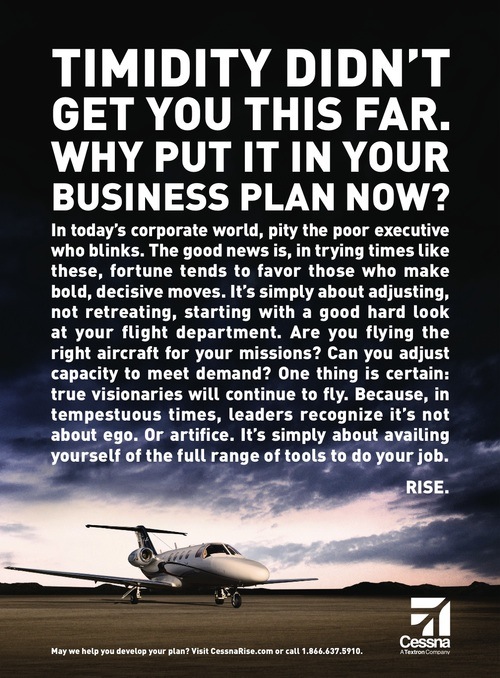Elinore Longobardi:
It is no secret that bailout transparency is a problem.
Now that taxpayers have become financiers, we have a right to know where the money is going. In search of organizations with the curiosity and resources to help figure that out, we trolled the Internet for good, easily available bailout information and came up with several sites worth looking at.
You can get charts describing the allocation of bailout money from a variety of sources. Some are easier to find than others, and we’ll leave it up to the reader to figure out what it means that the WSJ has a quick link for the Super Bowl but not the bailout.
But even after you find them, charts will only get you so far.
If you are looking to understand the big picture, you should go first to organizations that focus specifically on tracking the bailout. Not only do they piece together information from a variety of sources, saving you the trouble, but a few also do their own snooping around.
A good place to start is Open the Government, an organization devoted to greater government transparency in general, and with a specific page on the bailout. The page is a good launching pad because it compiles a lot of information—from government organizations, news outlets and watchdogs—as well as providing a calendar of relevant dates. In the spirit of common cause, Open the Government also links to other bailout watchdog groups.


